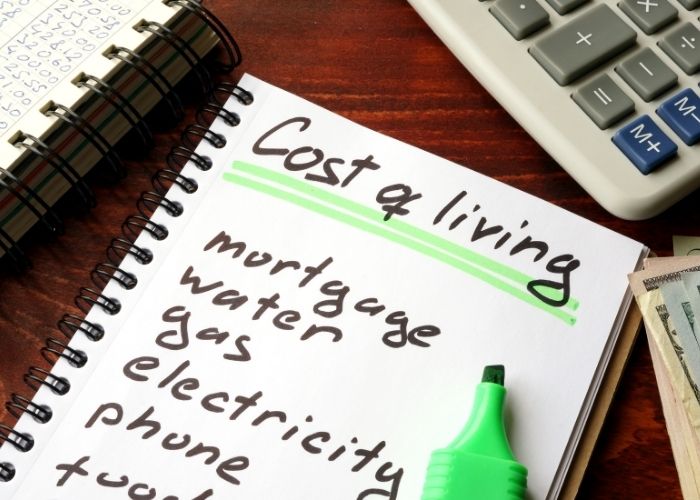MADRID – Not only has the price of electricity shot through the roof but also refuelling and shopping are becoming more expensive for the Spanish consumer by the day. And with a salary that in most cases does not increase equally, this is a considerable drain on the household budget. The cost of living in Spain is at an all-time high.
The price index rose 2.9% in July compared to July 2020. That is the largest increase since February 2017. However, the current increase is not only due to the pandemic, but there are several factors behind it. Firstly, the electricity price on the wholesale market has risen to unprecedented heights. While at the same time, the oil and gas price has also increased compared to years ago.
Full tank costs €10 more than in January
According to data from the statistics agency INE, the price of electricity rose by 17%, petrol and diesel by 17.6 – 17.7% respectively, and gas by 8.6%. For the first time in seven years, a litre of petrol costs more than €1.40. As such, the high petrol price means filling up the car (50 litres) in July was €10 more expensive than in January.
Also, a number of foodstuffs became more expensive, including olive oil (more than 22%), soft drinks (more than 11%), fruit (4.6%), eggs (3.5%), poultry (3%), and beef (0.3%).
Cost of living €505 more expensive annually
Spokesperson Enrique García of consumer organisation OCU indicates that the significant increase in the price index is largely due to the expensive energy consumption. Therefore, according to the calculation of the OCU, the cost of living for the average Spanish household has become about €505 more expensive on an annual basis. Furthermore, petrol has become €311 more expensive, diesel €250, gas €55, and electricity €139. The latter includes the implemented VAT reduction (IVA). Without this government intervention, electricity would be even more expensive at €187.
Expensive raw materials
Economics teacher Massimo Cermelli predicts that inflation will continue until at least 2022 or 2023 because raw materials in particular will become even more expensive. A barrel of crude oil currently costs more than $72. Unlike last year, when the price dropped to an all-time low of $20 due to global lockdowns. Since governments have relaxed their measures from the second half of this year, the demand for oil has also increased significantly.
Although, due to uncertainties associated with the Delta variant of the coronavirus, demand is now declining again. However, the price of a barrel of crude oil is expected to be between $60-$70 until at least 2022. Cermelli explains that this has long-term consequences for consumers because of the so-called falling spring effect. Consequently, this means the price of a barrel of crude oil can shoot up like a rocket. But then fall much more slowly, like a falling feather.
Obstacles to logistics process
The supply problems also affect the consumer’s wallet, according to Cermelli. The scarcity of chips and the expensive raw materials will certainly continue to negatively affect the logistics chain until 2022 or 2023. As a result, production processes stall and the consequences are also noticeable further down the chain. For example, if a car manufacturer can’t make cars, this, in turn, affects the company’s employees. So there are several factors behind the rising cost of living, making this summer the most expensive of the past 20 years.


